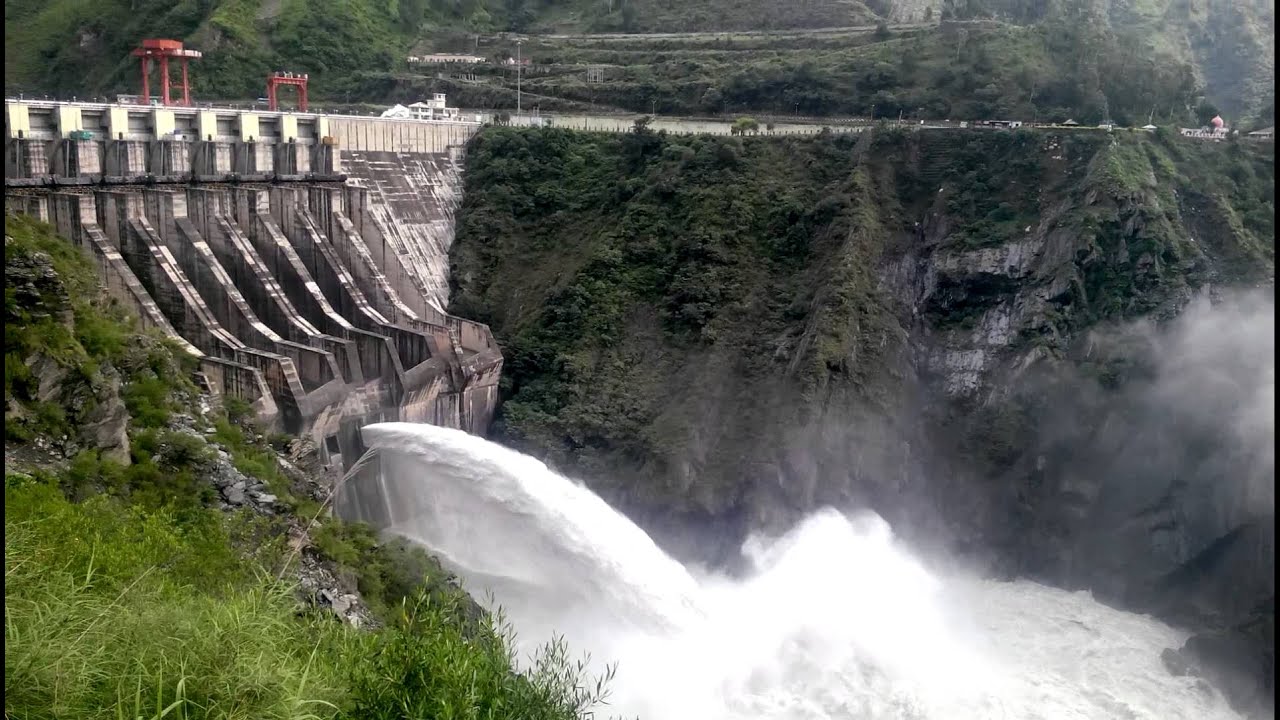Till recently, the approach to Disaster Management has been reactive and relief centric. A paradigm shift has now taken place at the national level from the relief centric syndrome to holistic and integrated approach with emphasis on prevention, mitigation and preparedness. These efforts are aimed to conserve developmental gains as also minimize losses to lives, livelihood and property.
Section 2 (e) of the Disaster Management Act 2005 defines disaster management as follows:
Disaster Management means a continuous and integrated process of planning, organising, coordinating and implementing measures which are necessary or expedient for-
1. Prevention of danger or threat of any disaster.
2. Mitigation or reduction of risk of any disaster or its severity or consequences.
3. Capacity-building.
4. Preparedness to deal with any disaster.
5. Prompt response to any threatening disaster situation or disaster.
6. Assessing the severity or magnitude of effects of any disaster.
7. Evacuation, Rescue and Relief.
8. Rehabilitation and Reconstruction.

The HPC, which was constituted in August 1997 under the Chairmanship of Sh.J.C.Pant. HPC members were drawn from the Ministries, States, NGOs and experts from relevant fields. It was the first attempt in India towards evolving a systematic, comprehensive and holistic approach towards all disasters. The original mandate of the HPC was confined to the preparation of management plans for natural disasters only. However, it was expanded to include man-made disasters as well in order to develop an effective plan of action that would encompass disasters of all origins and shades. The Terms of Reference of the HPC were subsequently enlarged to include man- made disasters also with the approval of Prime Minister of India. Representation from concerned Ministries dealing with industrial, nuclear, biological, chemical disasters were ensured by way of inclusion of experts from these Ministries.
The HPC thus constituted five sub-groups to go into details of five major classifications as decided by the HPC.
On 23rd December, 2005, the Government of India took a defining step by enacting the Disaster Management Act, 2005, which envisaged creation of the National Disaster Management Authority (NDMA) headed by the Prime Minister, State Disaster Management Authorities (SDMA) headed by the Chief Ministers, and District Disaster Management Authorities (DDMA) headed by the District Magistrates or Deputy Commissioners as the case may be, to spearhead and adopt a holistic and integrated approach to disaster management (DM). There will be a paradigm shift, from the erstwhile relief-centric response to a proactive prevention, mitigation and preparedness-driven approach for conserving development gains and to minimize loss of life, livelihood and property.
Section 3 the Disaster Management Act 2005 lays down the establishment of State Disaster Management Authority at the State Government levels. Accordingly for the State, the SDMA was notified vide notification No. Rev. D(F) 4-2/2000-V dated 1-06-2007. The constitution of the SDMA is as under:-
| 1. | Hon'ble Chief Minister. | Chairman |
|---|---|---|
| 2. | Hon'ble Revenue Minister. | Co-Chairman |
| 3. | Chief Secretary. | Chief Executive Officer |
| 4. | Additional Chief Secretary(Home) | Member |
| 5. | Additional Chief Secretary (PWD) | Member |
| 6. | Additional Chief Secretary(Home) | Member |
| 7. | Additional Chief Secretary (Health) | Member |
| 8. | Director General of Police | Member |
| 9. | Additional Chief Secretary (Revenue) | Member Secretary |